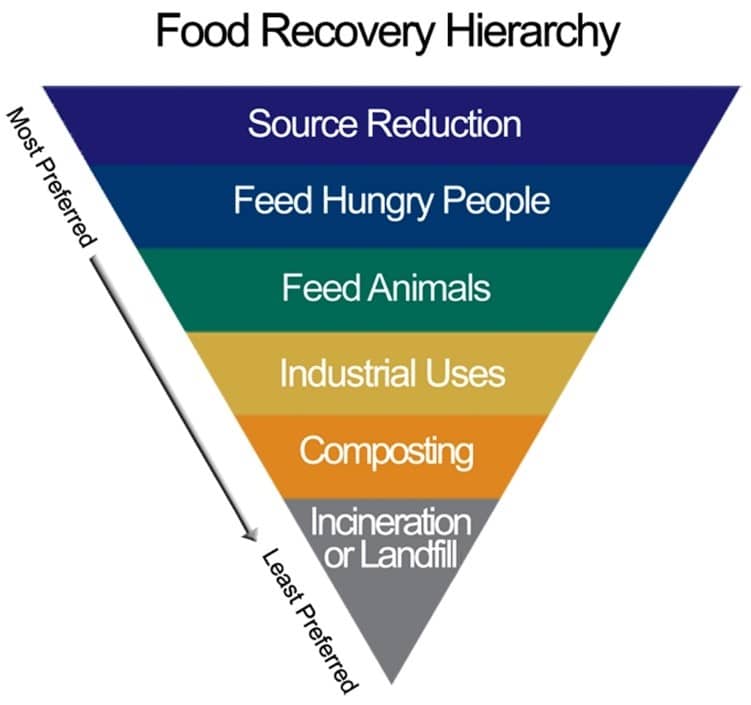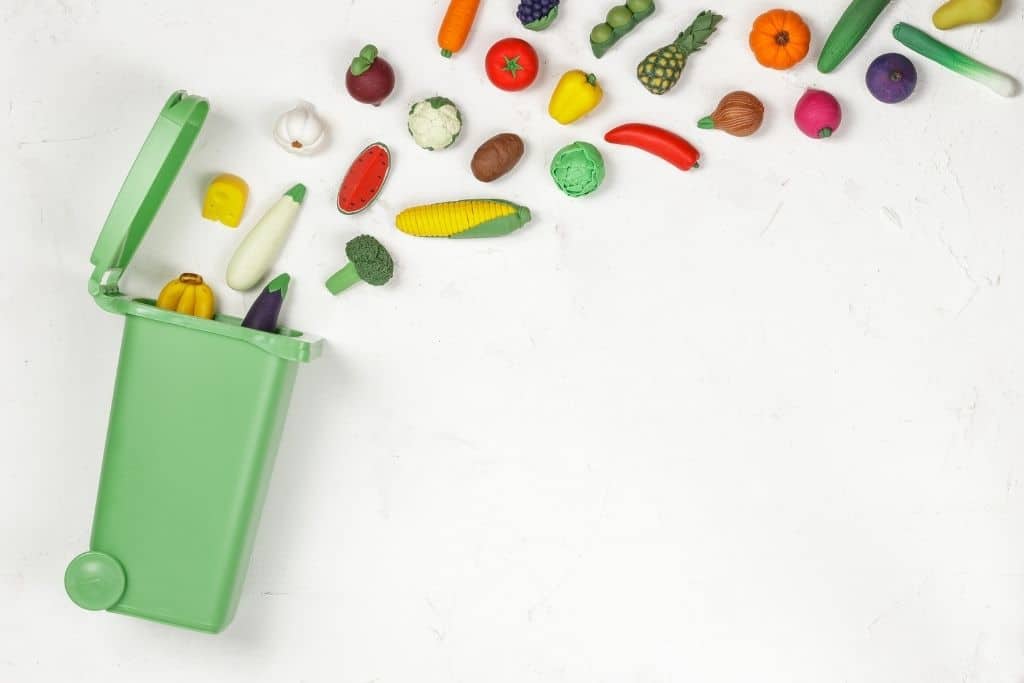The US wastes more food than any other country, most of which occurs in the retail and household levels. Food waste has many impacts, including significant greenhouse gas emissions and exacerbating food insecurity. So, how much food do American waste and what can be done to reduce persistent and systemic food loss?
—
Food waste is a pervasive global problem, where it is estimated that about one third of global food supplies are either wasted or lost, meaning nearly 2.5 billion tonnes of editable food is wasted around the world every year while more than 800 million people face hunger and food insecurity. To put it in perspective, the volume of food that is wasted globally is enough to feed three billion people.
Food can be lost anywhere throughout its supply chain, starting from the farming stage to retail. In most developed countries, more than 40% of food losses occur at the retail and consumer levels and in households, including the US.
How Much Food Do American Waste?
The US is the biggest culprit of food waste and the country as a whole produces more food waste than the UK, Germany, France, Italy and Sweden combined. Every year, the country discards nearly 40 million tons of food, which equates to about 99kg of waste per person.
According to estimates from the United States’ Department of Agriculture (USDA)’s Economic Research Service in 2010, about 30-40% of food is lost in the supply chain. Of that food loss, 31% of which occurs at the retail and consumer stage. In financial terms, the amount translates into about USD$161 billion worth of food.
Significant portions of food waste in America occur in supermarkets and grocery stores, where large quantities of food are thrown out due to appearance and aesthetic reasons. In fact, half of all produce is thrown away in the US because it is deemed too “ugly” to eat; totalling up to 60 million tons of fruits and vegetables.
At the household level, Americans waste about 31% of the food that they purchase, which is estimated to be about $240 billion in total or $1,866 per household. People have an unhealthy, systemic obsession with “expiry dates, perfect produce, and portion sizes”, as stated in the 2019 documentary Just Eat it! A Food Waste Story. This is evidently true as more than 80% of residents throw up edible and consumable food due to expiration labels. However, most misunderstand the difference between labels, including “sell by”, “use by”, “expires on”, “best before” or “best by”, and tossing food much earlier than needed.
Research from the USDA’s National Household Food Acquisition and Purchase Survey (FoodAPS) also found that higher-income households with healthier diets tend to waste and discard more food than lower-income families, as their diets consist more of produce and other perishable foods. Researchers highlighted how healthier diets may have inadvertently encouraged more food waste, however, even the most frugal household still wasted 8.7% of the food it bought.
You might also like: 6 Must-See Documentaries About Food Waste
Environmental Impact of Food Waste
Food production generates large amounts of greenhouse gases, and if global food waste was a country, it would be the third largest greenhouse gas emitter, behind China and the US. According to the World Life Fund (WWF), the production of all the wasted food generated the equivalent of 32.6 million cars’ worth of greenhouse gas emissions.
Food waste is often discarded and ends up in landfills, making up 22% of total municipal solid waste in the US. And it comes with a huge environmental cost. As organic food material breaks down in landfills, it releases methane, a potent greenhouse gas that has 80 times the warming power of carbon dioxide, into the atmosphere. Toxic materials also leeches into soil and contaminate groundwater in the surrounding area. Therefore, cutting down food waste is a key to curb global warming and climate change.
Financially, as the country discards up to 40% of food every year, food waste accounts for 1.3% of the national GDP, which is more than $218 billion every year. Yet the US government currently spends nearly $90 billion on the Supplemental Nutrition Assistance Program (SNAP), otherwise known as food stamps to provide food-purchasing assistance.
Reducing American Food Waste
It’s clear that minimising food waste can help the fight against the climate crisis, as well as alleviate hunger and food insecurity in the country. To combat this issue, the US Department of Agriculture (USDA) and the US Environmental Protection Agency (EPA) have set a goal in 2015 to reduce national food waste by half by 2030.

USDA and EPA created the food recovery hierarchy to show the most effective ways to address food waste. Image by: USDA.
While the agency provides guidelines on how to reduce systemic food waste and loss (see image), for the country to meet the targeted goal would require individual states to adopt food waste programmes and implement laws to restrict the amount of food going into landfills. Some have already started.
Vermont was the first state to pass a state law, which went into effect in July 2020, banning all food scraps, including any organic material such as banana peels and eggshells, and leftover food discarded in the trash or to landfills. The state saw a surge in food donation, which reportedly rose by 40%, as well as backyard composting and anaerobic digestion; one estimate even found sales of composting equipment increased nearly threefold in 2020.
California will similarly kick start their food waste recycling programme in January 2022, requiring all residents to separate their organic waste from other garbage, while retailers are required to donate unsold, edible food to food banks instead of throwing it away.
Other states including Connecticut, Massachusetts, New York and Rhode Island have all passed similar laws, and are expected to come into effect in the next year or two. Pending legislation in California, Colorado and Massachusetts will also see the states establish programmes to fund private-sector composting and organic collection programs.




















